Understanding our three selves for better saving and investing
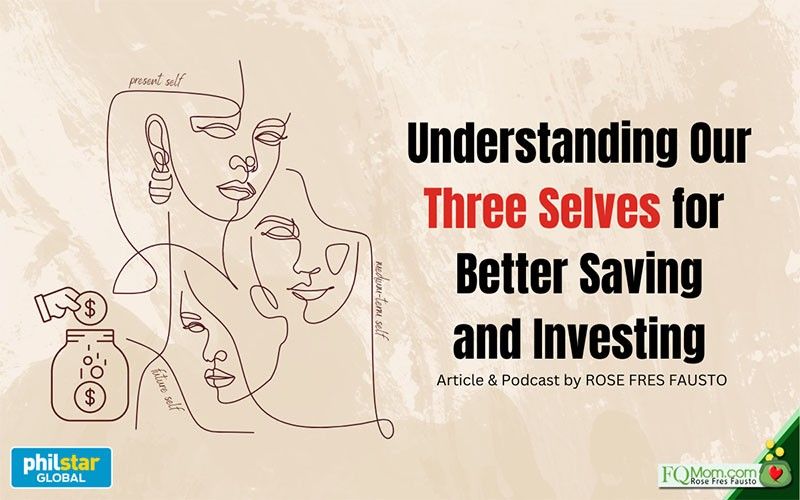
It was Holy Week when I wrote the draft of this article and it got me thinking about how Catholics, like myself, believe that there is one God in three persons – God the Father, God the Son and God the Holy Spirit.
Today, I will discuss the three persons in each one of us:
- Our present self
- Our future (old) self
- Our medium-term self
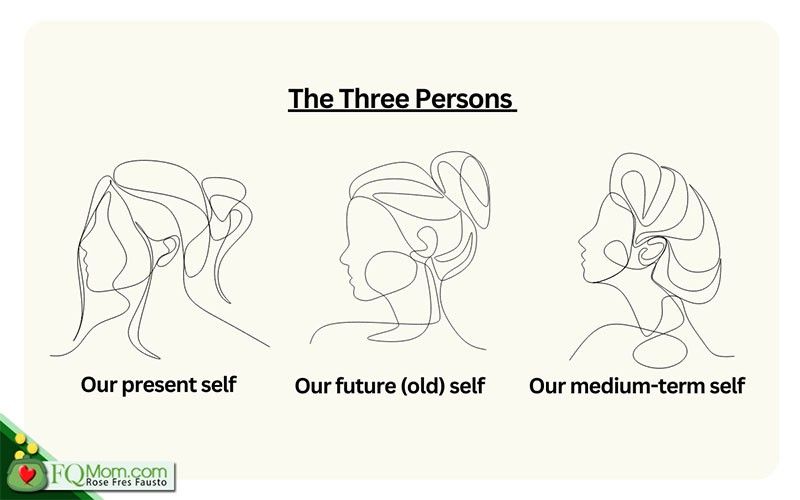
Why do we need to be aware of these three persons, and do they even exist?
Each one of us is essentially one person with one set of thumbprints, one body, one soul, but experiments show that we actually tend to perceive ourselves differently when thinking of our present and future versions.
MRI machines, Matt Damon and Natalie Portman
Behavioral scientist and UCLA professor of Psychology, Behavioral Decision Making, and Marketing, Hal Hershfield, has extensively studied our perception of our future self. As a graduate student, he used MRI scanners to study how we think about our future selves. There is a part of our brain that shows more activity when we’re thinking of ourselves right now compared to when we’re thinking about another person right now. This shows that our brain can distinguish “me” from someone else.
For the “other people,” Hal used two personalities that his participants knew of, but didn’t know personally, and were not controversial at that time to avoid undue emotional reactions. These were Matt Damon and Natalie Portman.
Hal found out that the brain’s reaction when thinking of the present self is different compared to when it’s thinking of the future self. In fact, the brain activity when thinking of the future self is similar to when it’s thinking of Matt Damon and Natalie Portman, the other people. The experiments were repeated and other similar studies were also conducted giving the same results: The future self looks more like another person than like the current self. In other words, the future self looks like a person that is not me!
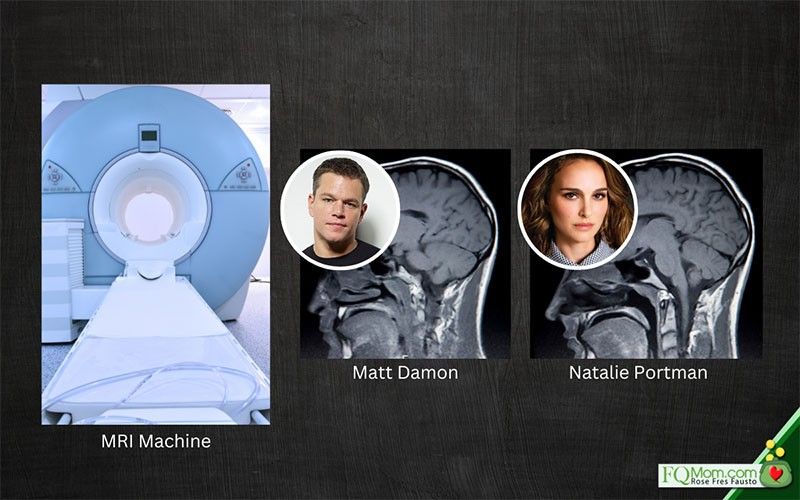
Who are you saving for?
Saving and investing are actions that are for the benefit of the future self. The above experiments explain why saving and investing is not an easy thing to do right now. It is hard to sacrifice today when you do not see the immediate feedback on yourself. If you do not save a single centavo from your salary this month, chances are, you will still be eating the same kind of food, living in the same house, and living your life pretty much just like how you used to live it. In fact, you see the immediate enjoyable feedback of doing otherwise. By not saving, you get to buy the things that you like now, and this can make you, your present self, happy.
In FQ Book 2, we discuss hyperbolic discounting. It is our tendency to choose a smaller but sooner reward over larger but later reward. It is being present bias. This is our present self, with our emotional Emong ruling over to enjoy things now, pushing aside what our makatwirang Mak is saying about the consequences for our future self.

In a previous article entitled "Beware of your filtered self!", we discussed the present self and the future (old self) plus an added danger that can be brought about by the rampant use of filters to make ourselves look younger and more beautiful. Based on our Oldify versus Beautify (“Youngify) Experiment, those who were exposed to their “oldified” photos (the future self) decided to save more than those exposed to their unfiltered photos (the current self). Moreover, those who were exposed to their beautified/”youngified” photos (the filtered self), exhibited the lowest savings rates.
Using our medium-term self
There is a significant gap between our present self and our future (old) self and this is why most of the time, we do not feel the urgency to behave what is best for the latter. So, let us make use of our in-between or our medium-term self.
We can accelerate the consequence of our action today – i.e. If we do not behave as we promised to, something negative will happen to our medium-term self. We call this commitment device, a tool used that willingly exposes oneself to a punishment (or reward), in order to stay the course in doing what is good for the future (old) self.
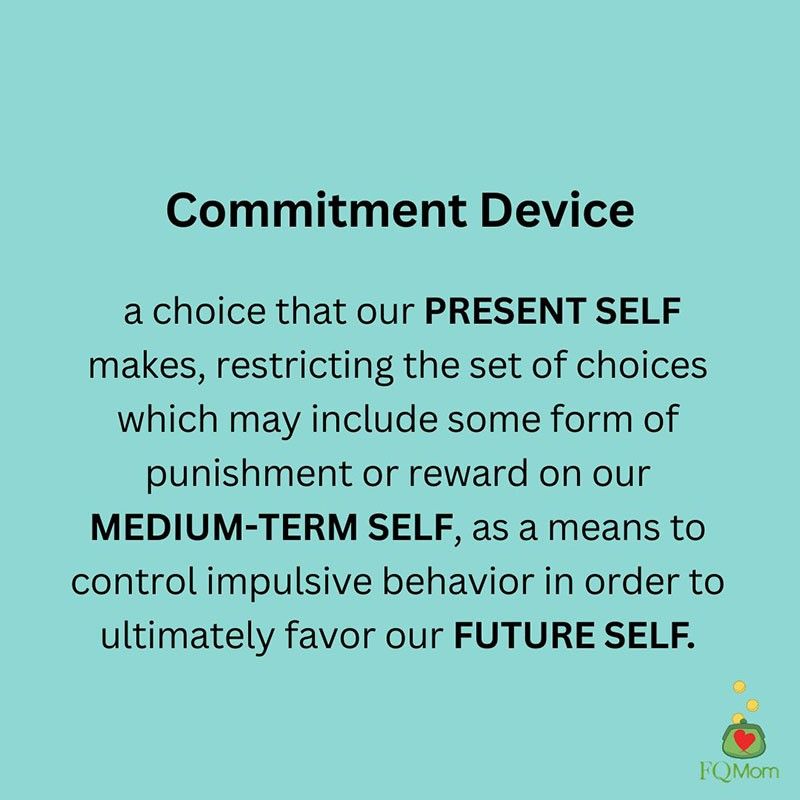
Commitment device in the time of Greek heroes
One of the oldest examples of locking oneself into behavior change by using commitment device is the story of legendary Greek hero in the epic poem The Odyssey by Homer. The character’s name is Odysseus but he was known to the Romans as Ulysses.
Odysseus/Ulysses was a great strategist. He was the brains behind the winning of the 10-year Trojan War. He used a giant horse, disguised as a peace offering, a gift of surrender to the enemy. Unbeknownst to the people of Troy who accepted the gift into their city, Odysseus and his soldiers were inside the horse. At the appointed signal, the Greek soldiers came out and caught the Tojans by surprise winning the war right inside the city of Troy.
After winning the war, Odysseus and his soldiers set to sail back home and they were going to pass by an island with treacherous sirens. These sirens were actually monsters pretending to be beautiful women with enchanting voices. They would assure sailors who pass their island that they just want to entertain them with their beautiful melodies, but what they really wanted was to kill them.
Odysseus, who thought like a behavioral scientist, came up with a commitment device. He told his men to fill their ears with wax so they won’t hear the beguiling voices of the sirens. However, he wanted to hear the sirens’ voices and still survive. He told his sailors to tie him firmly to the ship’s mast, and to disobey him if he orders or even pleads them to untie him. He exposed disobedience by his soldiers to his medium-term self in order to achieve his goal of surviving through the siren’s island.
As expected, when they finally passed by the island, Odysseus was so enamored by the enchanting voices of the sirens. He wanted to dive into the sea to embrace the sirens. His soldiers disobeyed his orders to untie him. To the bewitched Odysseus, the sirens looked as beautiful as Helen of Troy, but to the sailors with wax in their ears and not hearing the deceptive voices singing, they appeared as they were - hungry monsters with vicious claws.
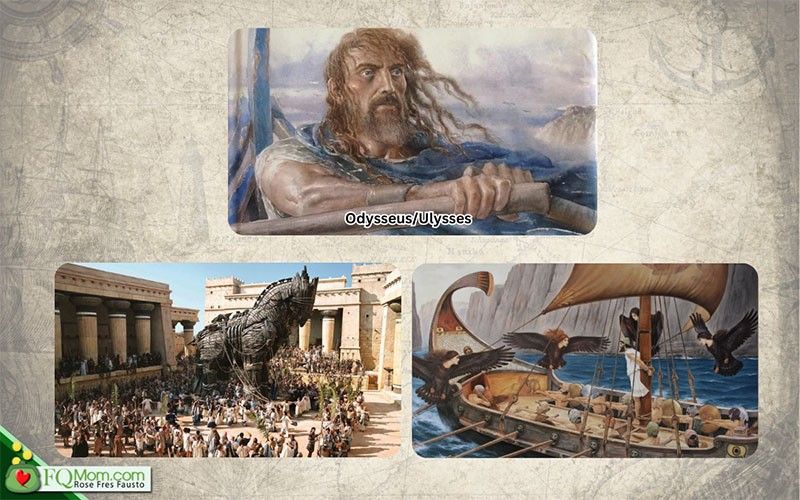
Your 'sirens' to your healthy retirement
Who and what are your sirens when it comes to the ultimate goal of having a healthy retirement – both financially and physically? What are these temptations that hinder you from “caring” for your future self? How can you tie yourself to a mast before you get to the sirens of your life? I’d love to hear your commitment device experiences or ideas on this.
And I have a treat for all of you. I interviewed the behavioral scientist behind the concept of our future self, Hal Hershfield. He just released his book that narrates his findings of his experiments including the one I mentioned above. It’s entitled "Your future self: How to make tomorrow better today."
ANNOUNCEMENTS
1. Watch my interview with Hal Hershfield on July 7, 2023 in FQ Mom YouTube Channel.

2. Where are you in the journey now, take the FQ test to find out. Click here.
3. Grab your copy of the FQ books, click here.
Attributions: Images from Getty Image, History Era, Harpers Bazar
This article is also published in FQMom.com.
- Latest





























